My eager anticipation began mounting the moment I confirmed my reservations to Antarctica. In February, I fulfilled my dream of setting foot on my seventh continent. Most of the vast area remains untouched and all of it remains untamed. Antarctica is the coldest, driest, windiest, and highest continent. It takes more time and money to get there than many other places, but everything worthwhile requires some sacrifice, right?
Getting There
The first leg of the journey to Antarctica is getting to Ushuaia, Argentina, known as the “End of the World.” That’s a 12+ hour flight, so my Travel Maestro tip: Fly business class and/or break the trip up with several days in Buenos Aires before Ushuaia. Thanks to the pandemic, Argentina requires a phalanx of paperwork to enter the country – at the time, a negative COVID-19 PCR test, proof of vaccination, bewildering digital documentation, and travel insurance that specifically covers COVID-19.
Next, I boarded Atlas Ocean Voyages’ new luxury expedition ship, World Navigator, that would be my home for the next nine days. But I still wasn’t there. To get to Antarctica, you must survive the infamous Drake Passage, the powerful convergence of the Atlantic and Pacific Oceans at the tip of South America. The two-day crossing is notoriously experienced as either the “Drake Lake” or the “Drake Shake.” I’ll just say we were rockin’ and rollin’, with the return trip being even wilder than going. Travel Maestro tip: I didn’t experience any motion discomfort, but Dramamine, acupressure bands, and ginger are strongly recommended to ward off any queasies.
The Ship
World Navigator is an elegant expedition-style ship with contemporary flair – perfect for adventurous days and luxurious nights. She carries a maximum of 195 guests with spacious ease while being small enough to visit remote and rugged destinations. She was designed with environmental stewardship in mind, using hybrid power management and quiet propulsion to protect wildlife.
The dining room serves globally inspired gourmet cuisine at elegantly outfitted tables and the service staff is beyond exceptional. You can also pick up sandwiches, coffee, and sweets at Paula’s Pantry throughout the day. If you don’t want to leave your stateroom, Room Service delivers an “Anytime Menu” 24/7. We ordered breakfast in the room one morning when the Drake was shaking us up. Travel Maestro tip: I was seriously impressed (and felt a tad guilty) when the steward balanced and served a huge tray laden with omelets, coffee, and juice for two when I couldn’t even walk straight down the hall.
Few small ships have as much gathering space as World Navigator. The Dome on Deck 7 and the Atlas Lounge on Deck 4 are attractive large capacity rooms with small group seating arrangements and bars. The Theater has stadium seating with small fold-down trays for expedition lectures and entertainment. Jewel-tone fabrics and contemporary artworks accent the décor throughout the ship. Travel Maestro tip: The Atlas luxe-adventure experience is also all-inclusive, so unlimited premium pours flow from those bars – except before land excursions. Alcohol and zodiacs don’t mix!
Staterooms are luxurious featuring l’Occitane bath products, Egyptian cotton bed linens, and terrycloth robes. A refrigerator is restocked with beer, water, and sodas daily, and suites include Butler service. Travel Maestro tip: Staterooms with a Juliet-style balcony (drop-down window) and ones with a true walk-out balcony have the same square footage, including the balcony. The Juliet-style gives you more living space, which I preferred in Antarctica where I wasn’t likely to use the balcony much.
Antarctica Itineraries
On an Antarctic expedition, there is a generally planned itinerary, but the exact sites for landing or zodiac expeditions remain “Captain’s Choice.” Weather conditions change rapidly there, and explorers must remain flexible. One day the seas and ice would not cooperate, so we could not launch zodiacs from the ship at all. But at the sites we did go ashore… It. Was. Magical. Superlatives are simply insufficient.
Sunlight reflects against the snowy landscape in a million shades of white from ultrapure, to pewter, to achingly clear electric blue. Between jagged mountains pushing toward the sky, 100,000-year-old glaciers move inexorably toward the sea. Whale flukes wave gracefully from the water while marine birds soar overhead. Seals sprawl on small floating icebergs and penguins waddle along well-trod penguin highways between rocky nests and the frigid water. Antarctica is a vast, mysterious yet peaceful, otherworldly place.
To go ashore requires suiting up in knee-high muck boots and a polar parka. Atlas provides both (as most expedition lines do) and you even get to take the parka home! There are no cruise ship docks in Antarctica, so zodiacs transport guests from the ship to land. On our first excursion, we got a lesson on how to safely enter and exit the zodiac, and then we were pros. The ride is windy and exhilarating. Wet landings, when you step out of the zodiac into the icy water and wade to dry land, are common. Travel Maestro tip: Wear waterproof pants outside your boots. If they are tucked inside, water drains down and you end up with wet feet – a polar no-no.
At Portal Point, crabeater seals met our zodiac with indifference as they lolled on the rocks at the water’s edge. This is where I officially first set foot on the southernmost continent, checking off that bucket list item! Hiking up a domed rise afforded an incredible view of our ship far below, floating in the bay among icebergs, bergy bits (ice under 15-feet), and growlers (even smaller “ice cubes” of the Antarctic). A backdrop of spikey, snowcapped mountain peaks drew an uneven line against the blue-gray sky, an image I can still see in my mind’s eye.
On Danco Island, Gentoo penguins waddled and hopped along the penguin highway between their rookery and the water. Amazingly, their short little legs carry them up steep slopes as easily as they shuffle downhill. When they got to the water, they plopped right in, gliding across the sea in dolphin-like leaps. At Cuverville Island, I climbed up a glacier and slid all the way down on my bottom (on purpose)! The ship’s crew was excited to stop at Petermann Island, a site where many had never successfully landed, so it was very special. It’s also the home of the largest Gentoo penguin colony in Antarctica. There were thousands of them!
The Polar Plunge
Once back on the ship, our expedition leader announced that the time had come for one more once-in-a-lifetime event – the Polar Plunge! Loud dance music played throughout the ship’s Mud Room as 61 swimsuit-clad plungers waited our turn. Yes, I willingly jumped off the ship’s zodiac dock into 28°F water in the Antarctic (with a retrieval rope around my waist in case of shock).
After climbing up the dock ladder, I was rewarded with a shot of fiery liquor to get my blood recirculating. Another checkmark, and no, I don’t feel I ever need to do that again!
Antarctica Wildlife and Landscape
Sailing time was no less dramatic. Announcements came from the bridge when whales were spotted. Inside, everyone moved to the large windows on one side or outside to the ship’s rail to see them wave playful salutes. We sailed past silvery seals sunning themselves on ice floes, and in every direction, each backdrop was more extraordinary than the last. We saw two scientific research stations – weathered red buildings standing out against a field of white – and navigated the narrow and stunningly scenic Lemaire Channel. The ever-changing light has an especially alluring quality just before sunset.
The summer season, which is the only time you can visit Antarctica, runs from November to March with temperatures averaging around 32°F along the Antarctic Peninsula. Toward the end of polar summer, wildlife takes to the icy waters so they can be near their food source as the bays begin icing over. Amazingly, the annual winter surface size of Antarctica grows to nearly twice the size of the summer surface because of the massive ice accumulation at the edges.
It’s difficult to convey the grandeur of the landscape and the wonder of seeing the wildlife in their natural habitats. Travel Maestro tip: Take time to sit quietly, to watch, listen, and soak in the vastness. In all ways, an expedition to Antarctica is a trip of a lifetime.
I consider myself an adventurous soul who likes comfort and luxury, so it was as if Atlas Ocean Voyages designed its luxe-adventure product just for me. Not surprisingly, I found many like-minded travelers onboard. If Antarctica is on your bucket list, plan now for next season. Talk to a Covington vacation advisor to find the right cruise for your style.


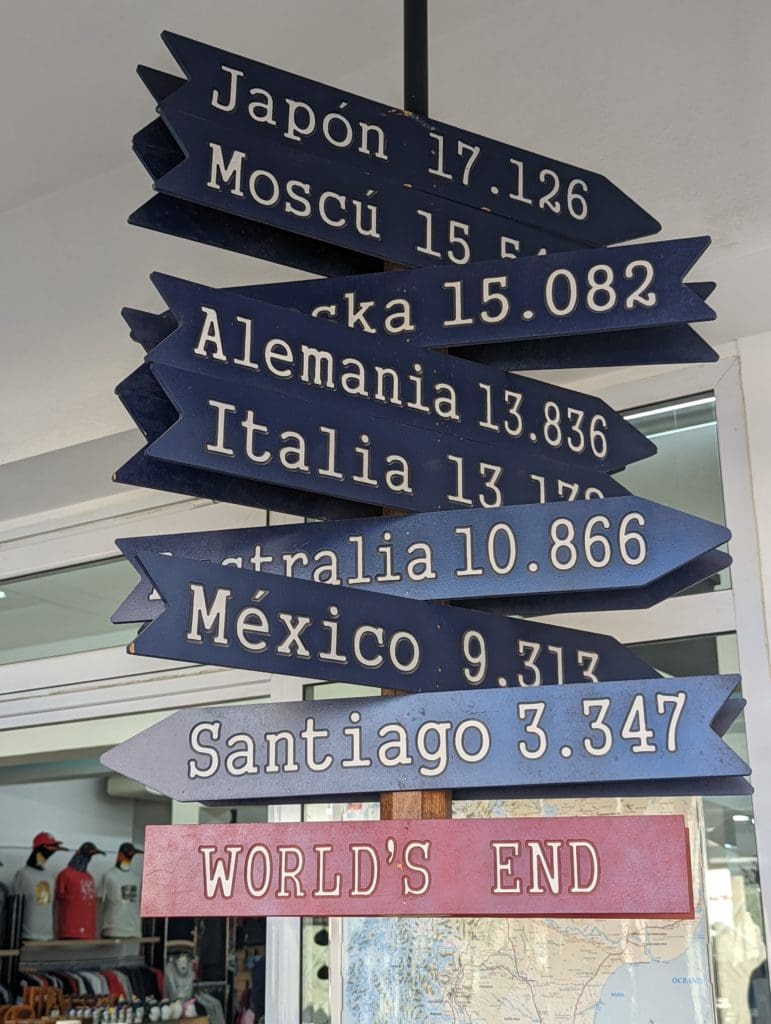
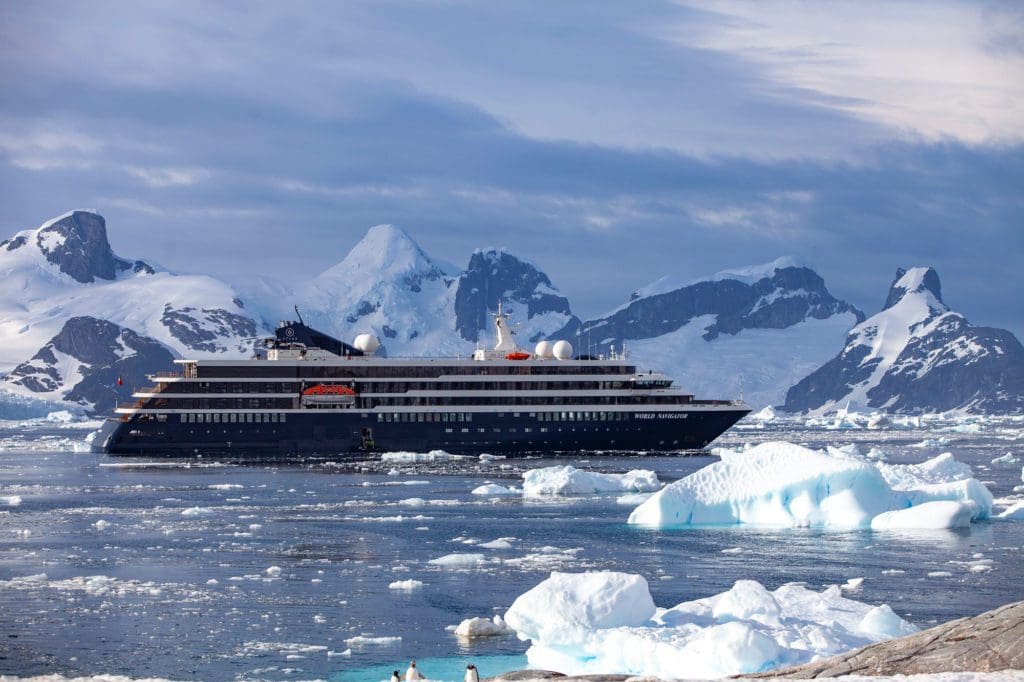
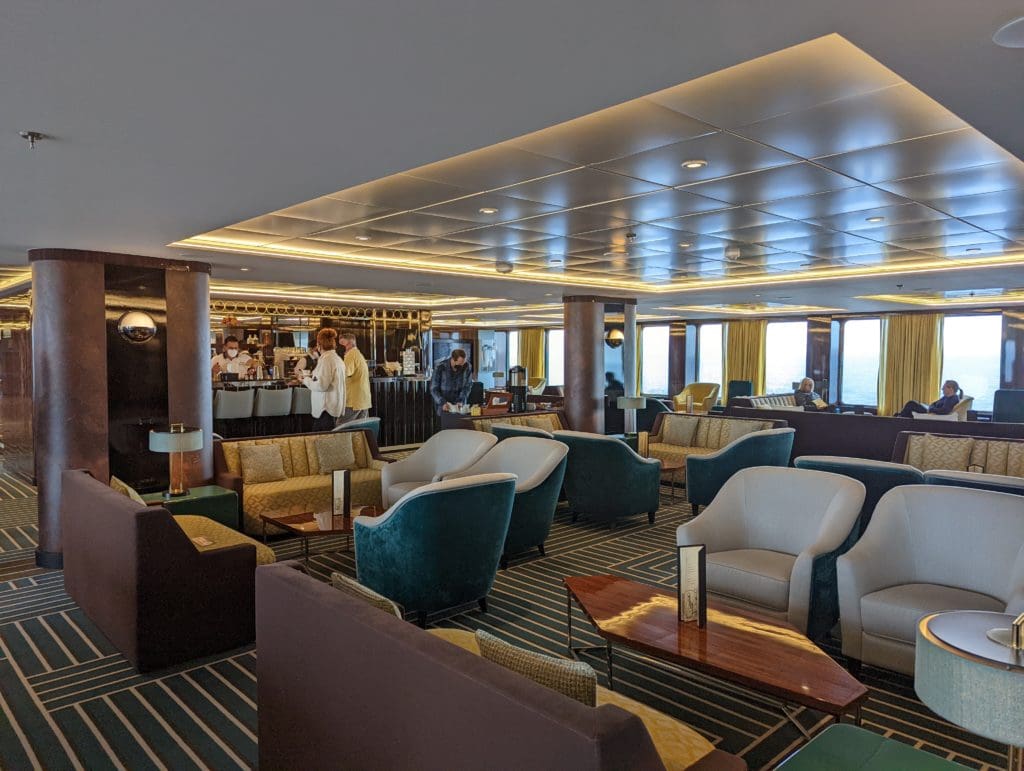
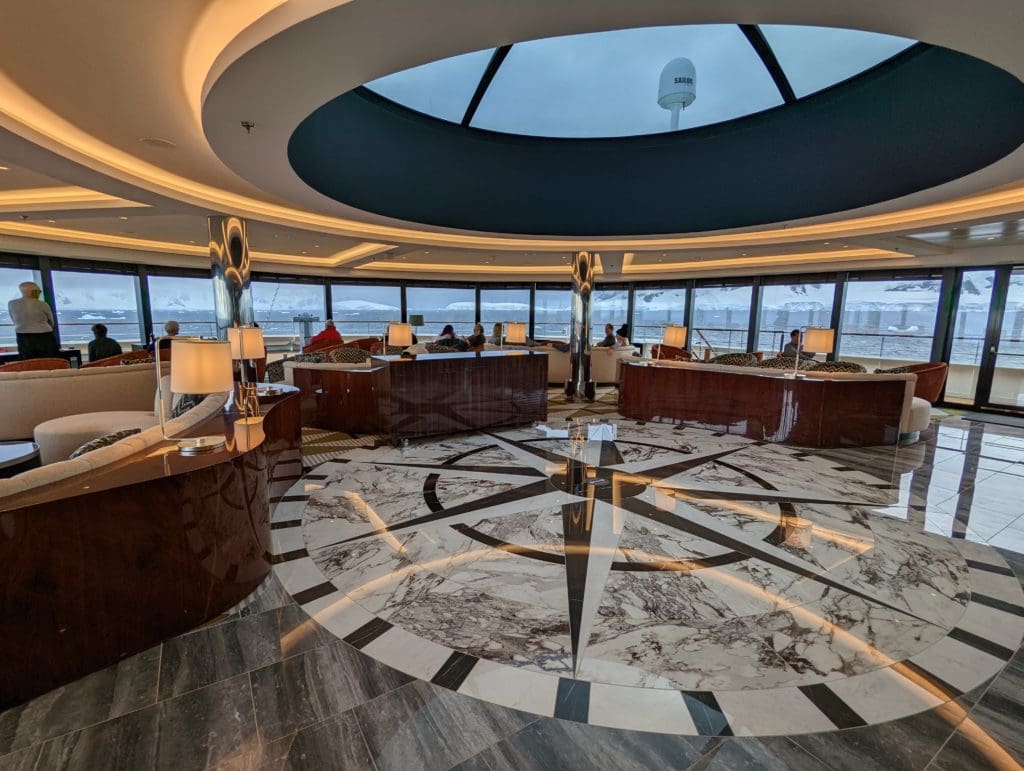
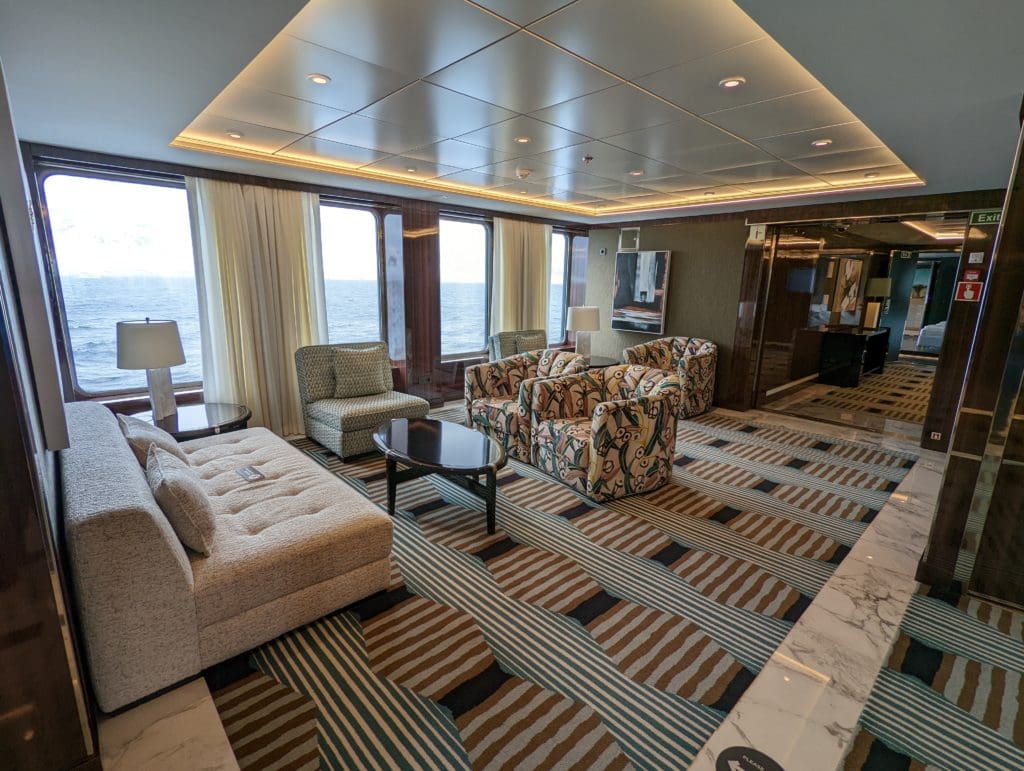
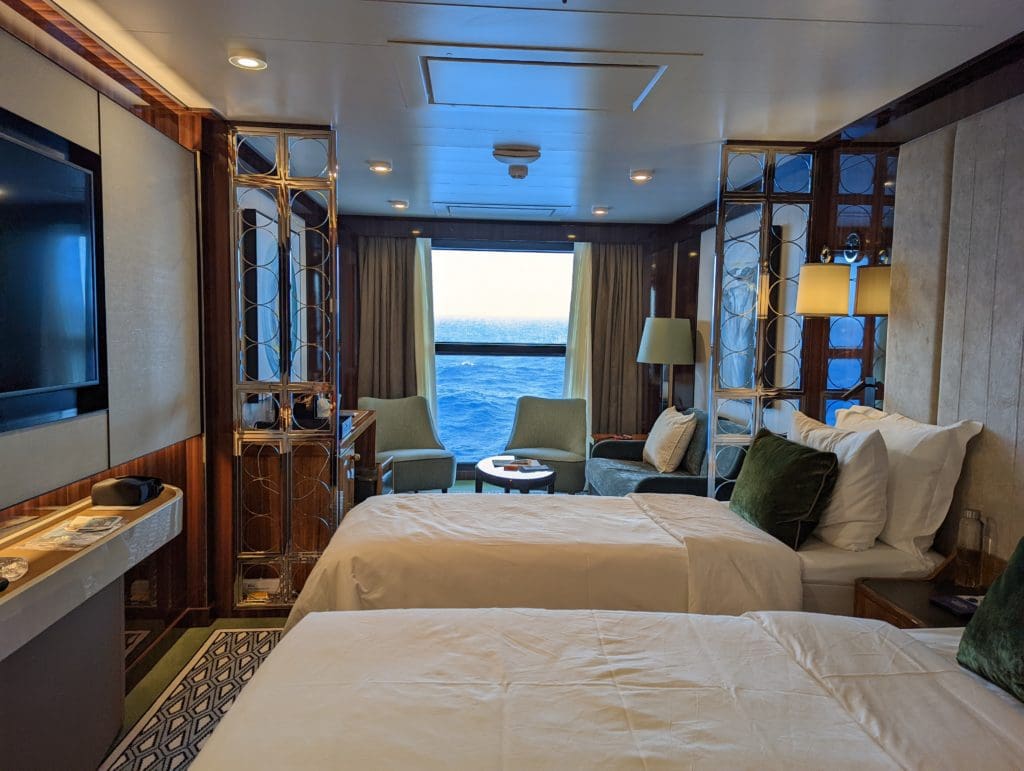
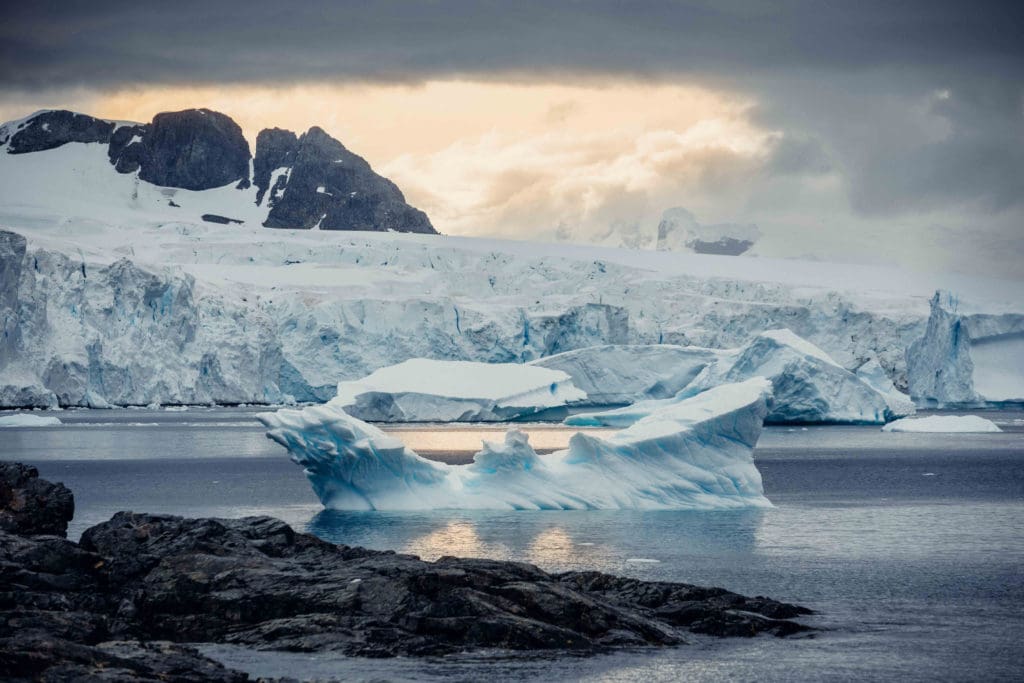
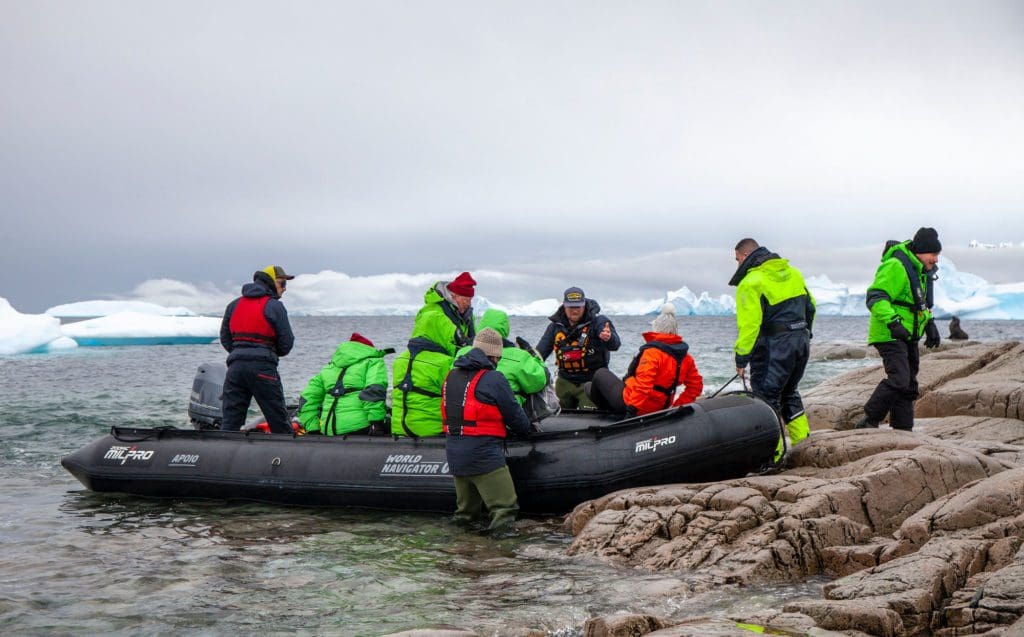
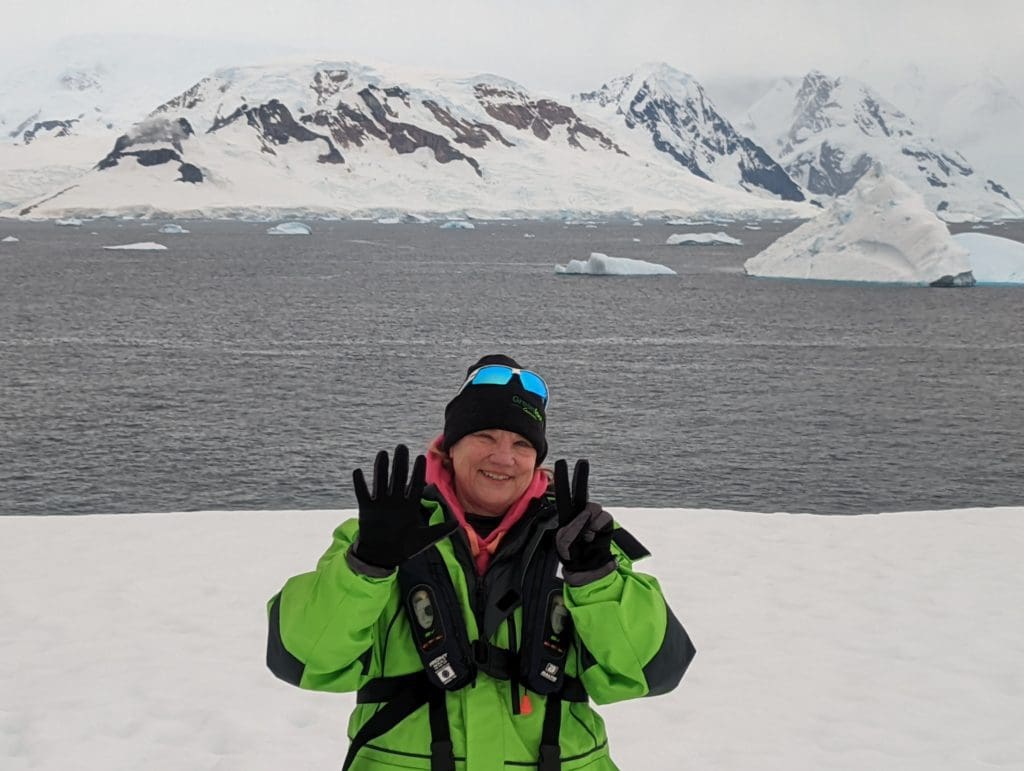
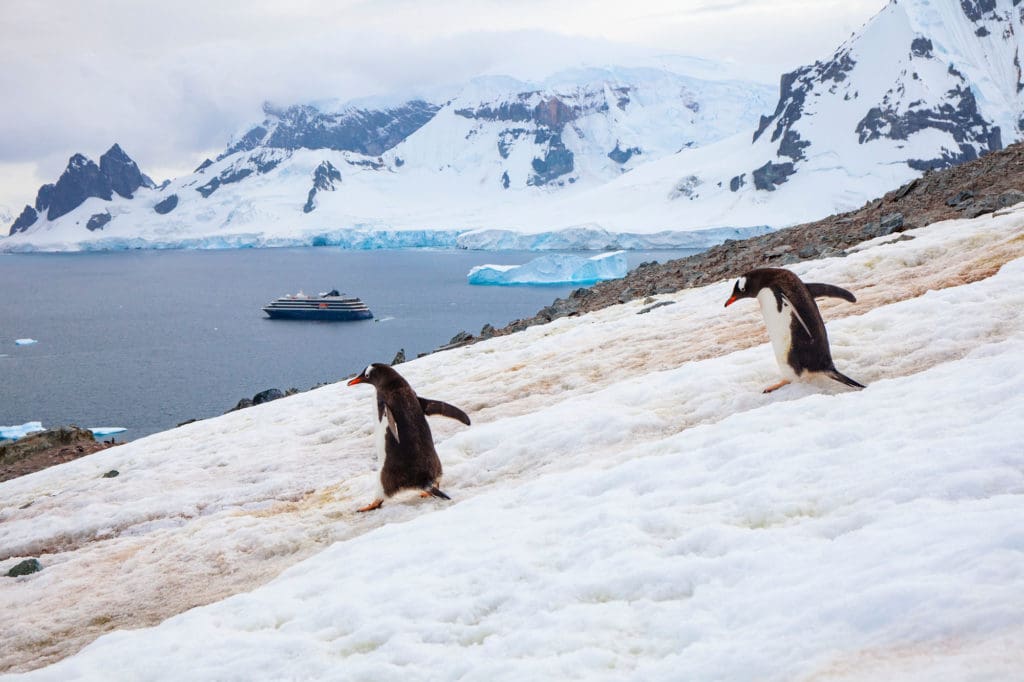
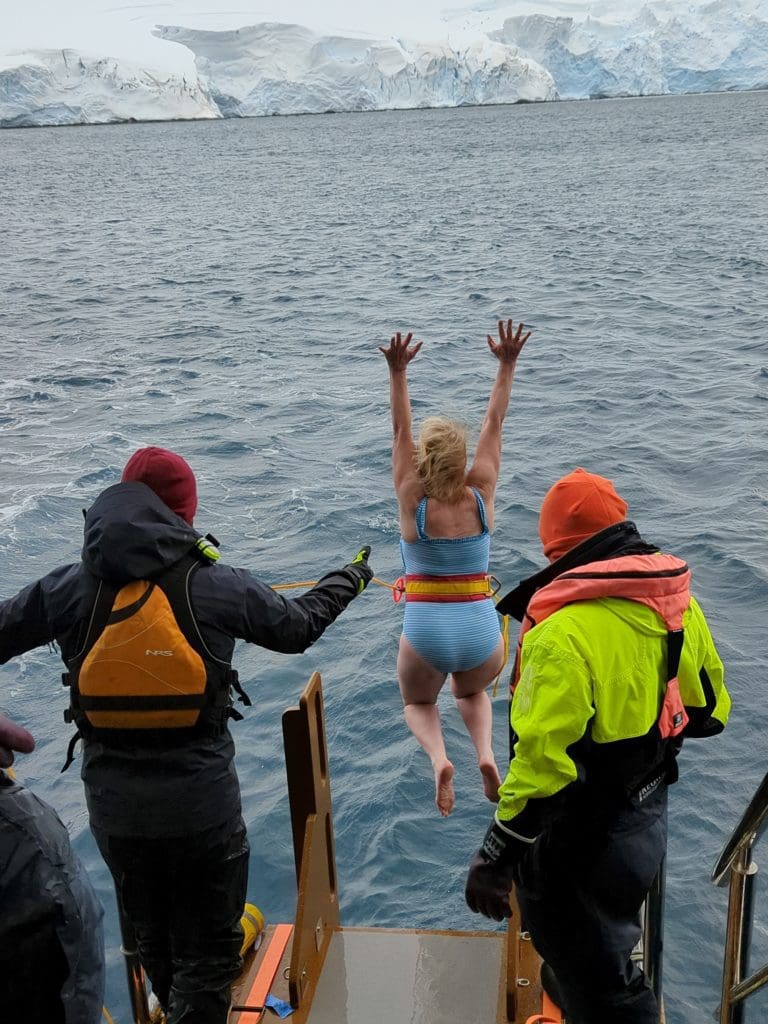
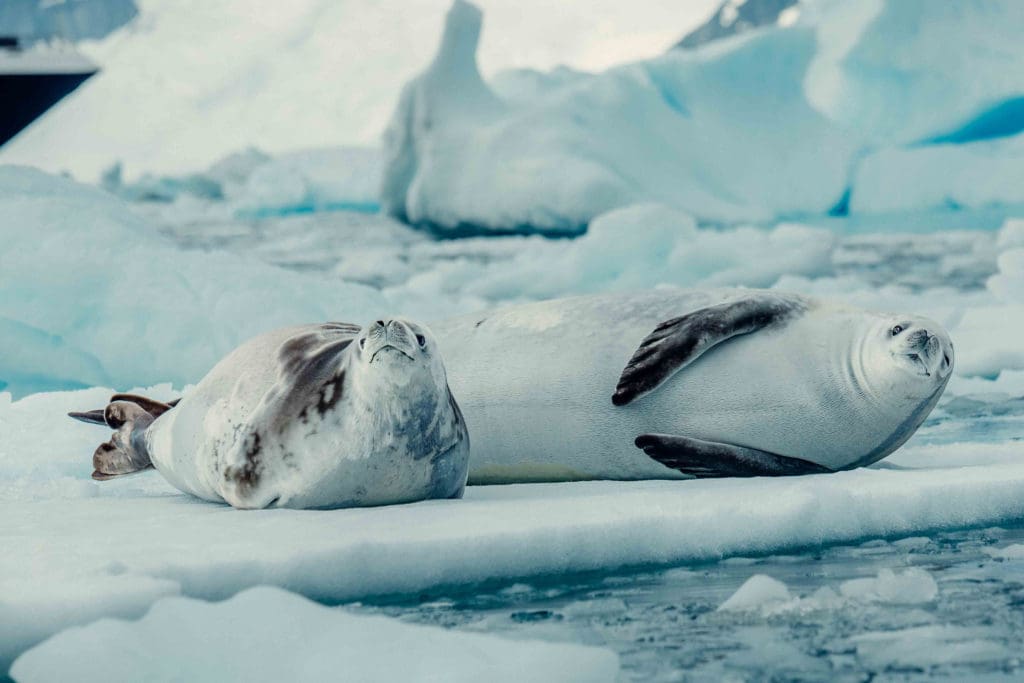
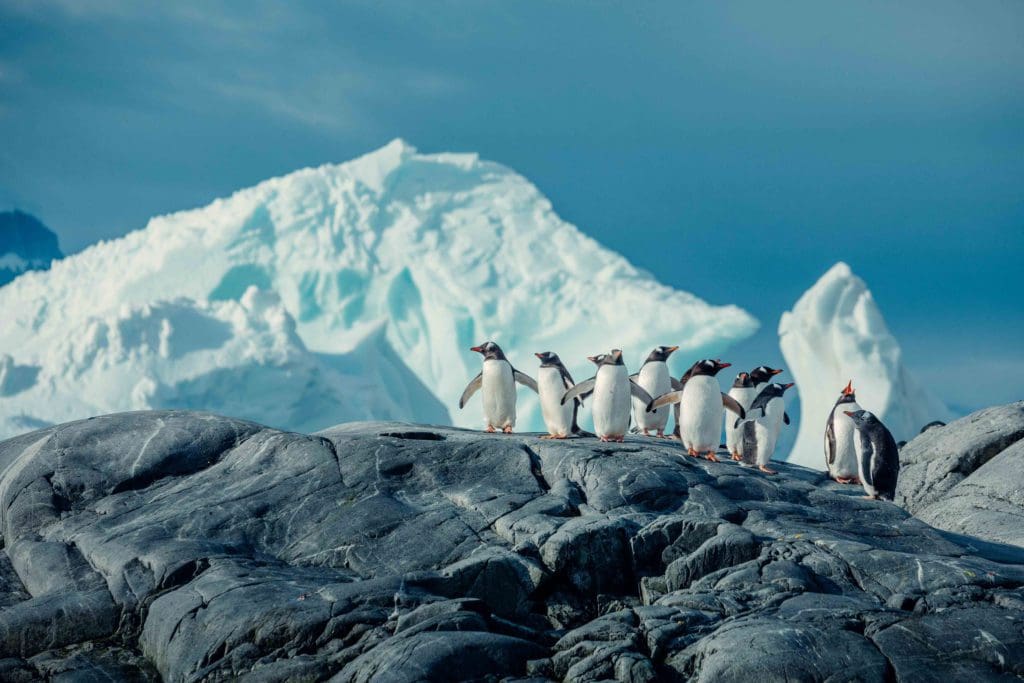
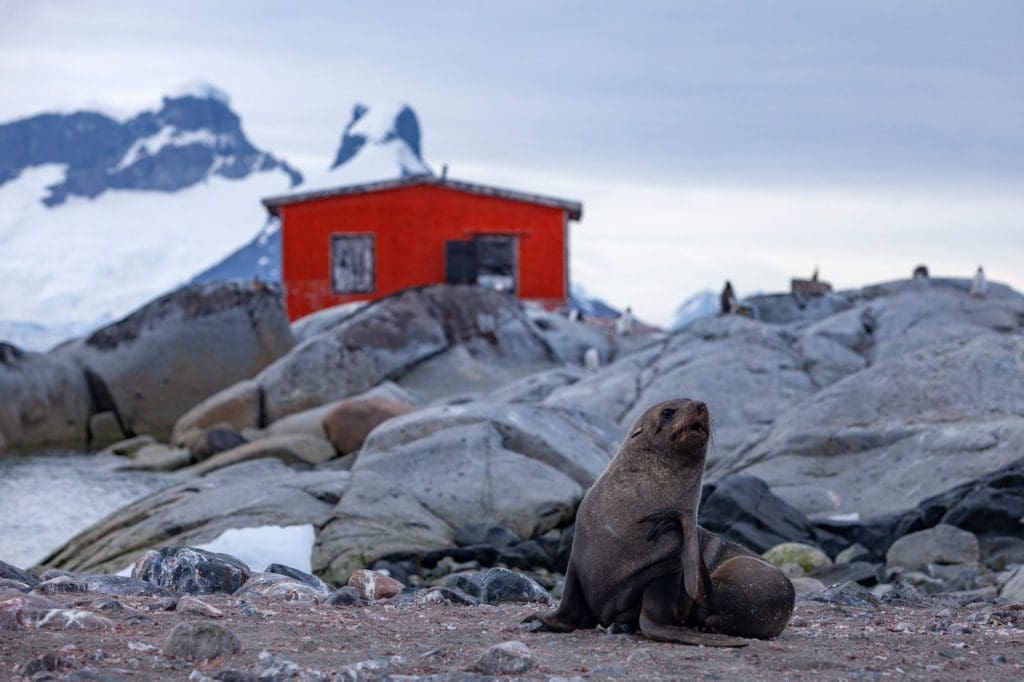
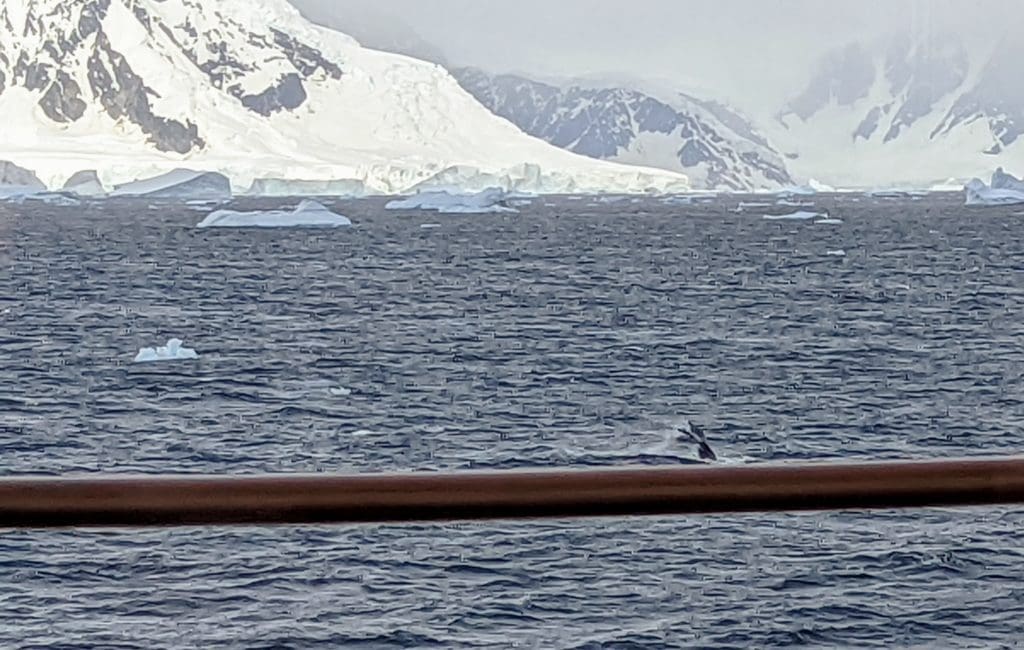

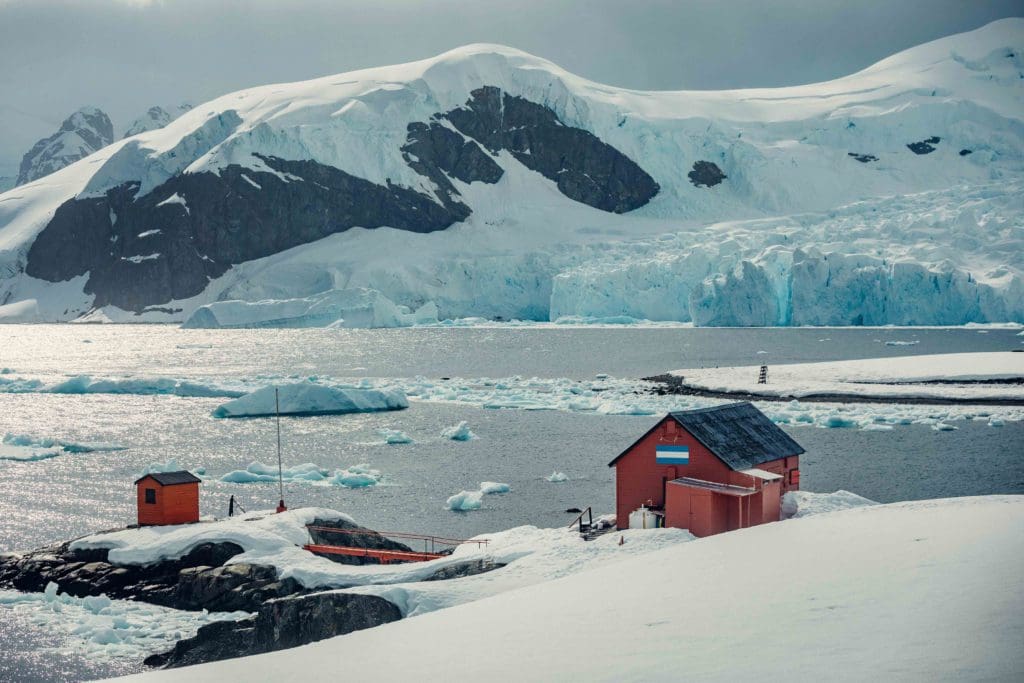
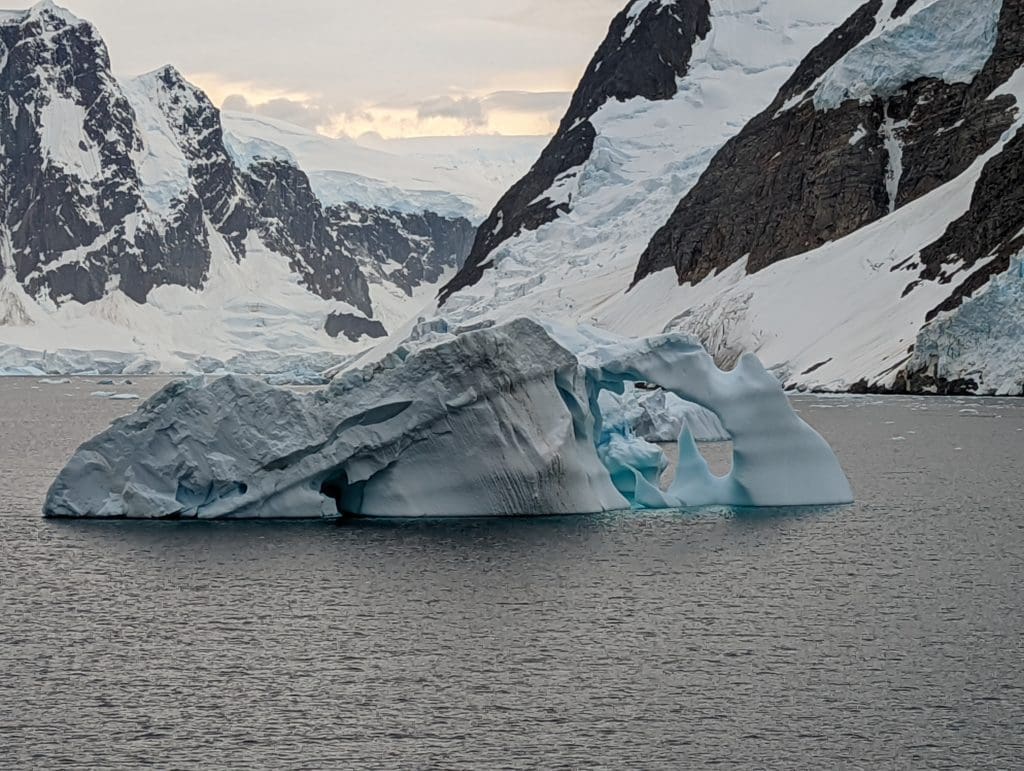





Great blog Beverly. Thanks for sharing.